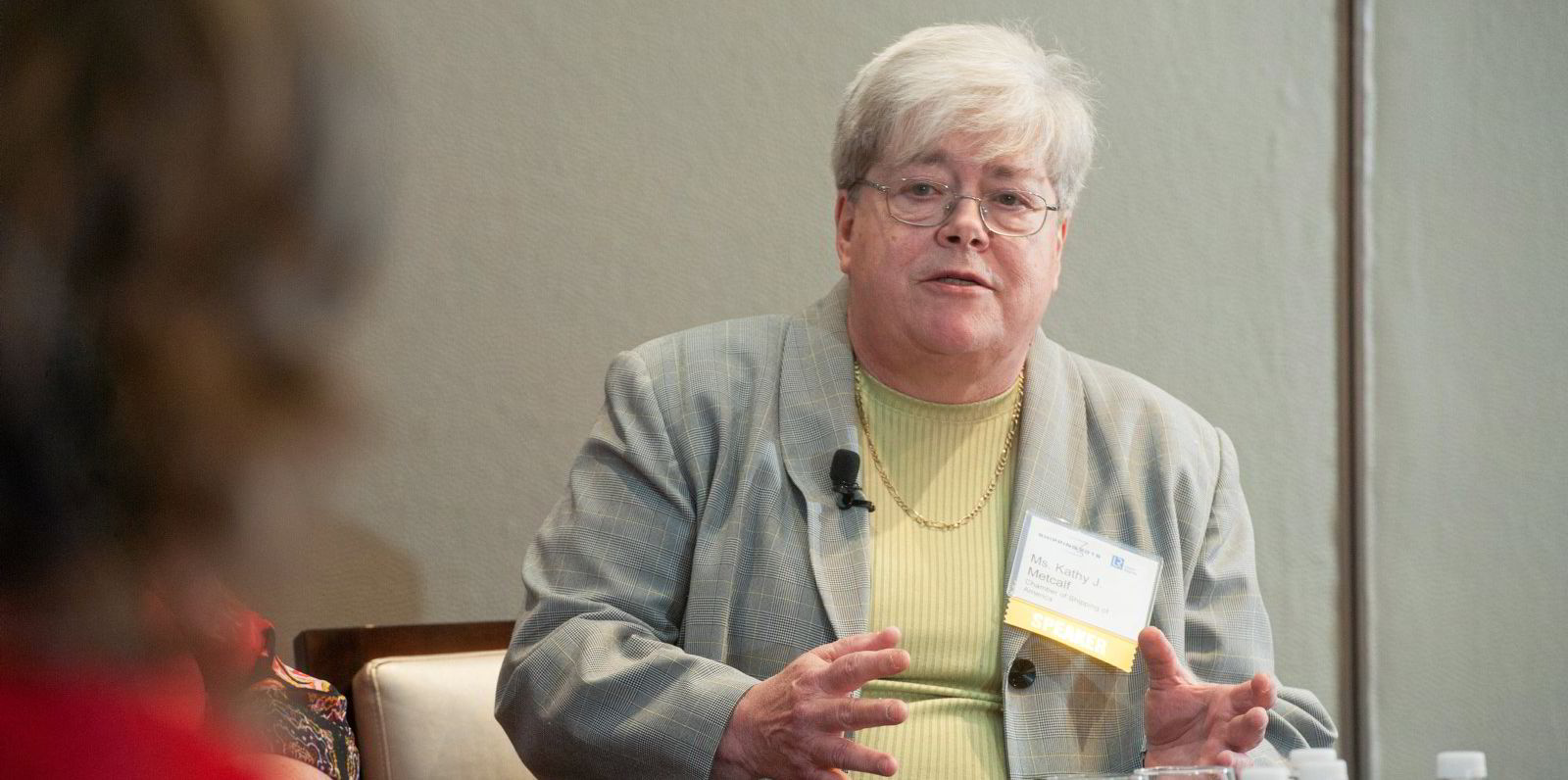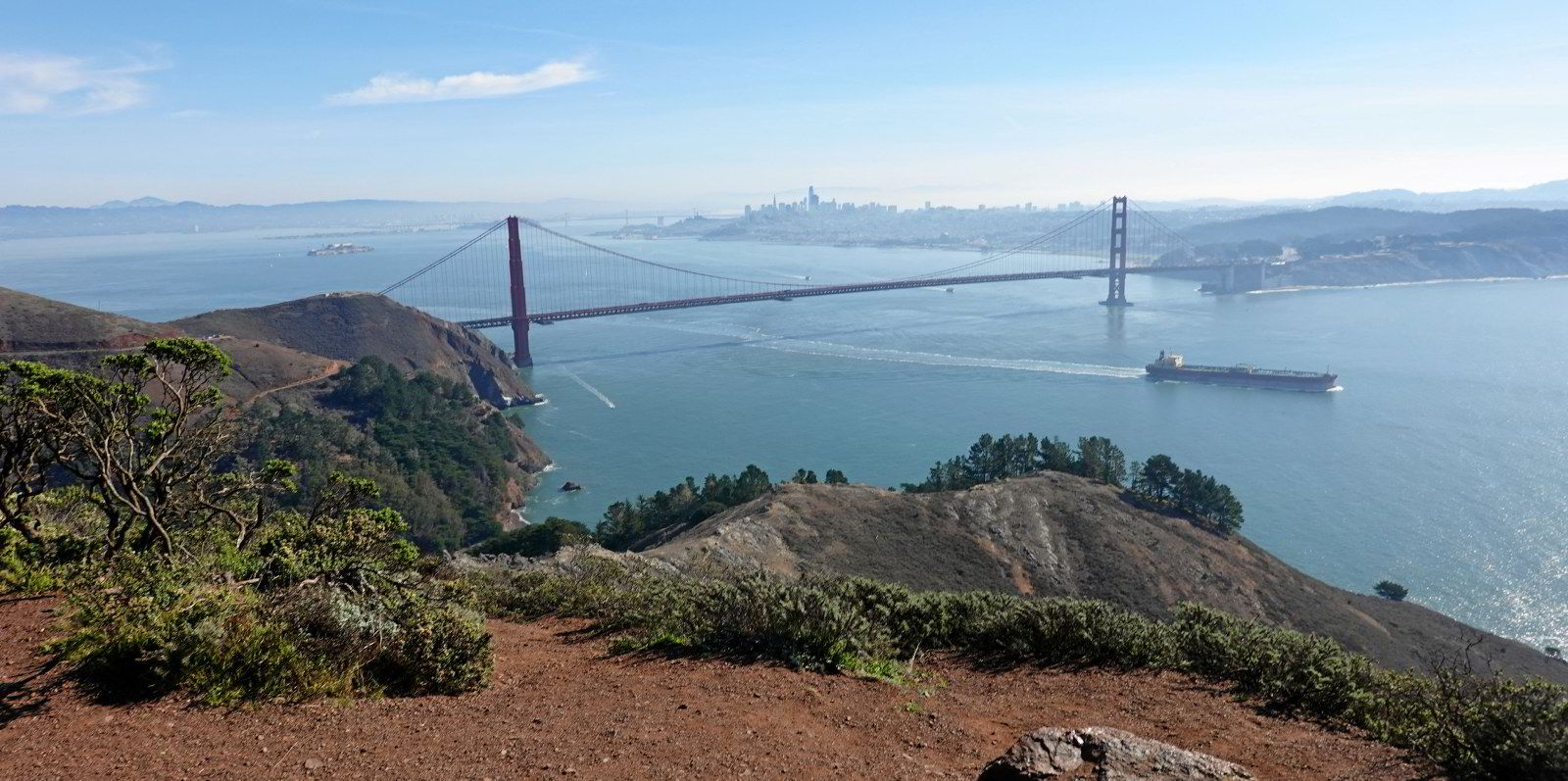California has made progress in getting oceangoing vessels to lower carbon emissions while in port, but now the state is pressuring the shipping industry to lower them even further.
The California Air Resources Board (CARB) requires some ships to plug into electric shore power while berthed, but the agency’s staff has asked its board of directors to give direction on finding ways to reduce carbon output to a greater degree, although they have not requested specific measures.
“In addition to continuing to pursue federal action, CARB staff recommend that CARB’s board direct staff to prioritise exploration of measures to achieve additional reductions from [oceangoing vessels] while in-transit, manoeuvring and at anchor in California waters,” CARB said in a new report.
CARB, which requires in-port emissions to be lowered by 25% by 2045 through the 2020 Control Measure for Ocean-Going Vessels at Berth, did not return calls seeking comment.
San Francisco-based Pacific Environment supports CARB staff’s proposal for more carbon-cutting measures, but the staff should push its board to require zero-carbon output, said Teresa Bui, the green group’s state climate policy director.
“They are keeping it open-ended,” she told TradeWinds. “They need direction from their board first to prioritise this.”
CARB’s staff will hold a public workshop in January for public to comment on its proposal and will then turn to the board in April 2023 for direction.
The shipping industry will also have an opportunity to weigh in on CARB staff’s proposal for more measures, Bui said.
“CARB is very well known with providing transparency in public stakeholder process, so there’s a public workshop for stakeholders including the shipping industry to comment and then throughout their rulemaking process,” she said.
Once they get the board direction they need to lower carbon emissions, then the staff will begin working on ways to reduce output from in-port ships, Bui said.
“It’ll take them a few years,” she added.
“I think they need direction from the board first before they can start to develop and dedicate staff resources to this.
Bui said ships are the state’s largest source of transportation-borne NOx emissions, so governor Gavin Newsom has made shipping and ports top priorities in the Pacific Coast Collaborative, which includes the states of Oregon and Washington and Canada’s British Columbia province.
“Just like cars and trucks, the technology exists to end ship pollution entirely,” she said.
Residents in West Long Beach, Wilmington and San Pedro — three cities in the vicinity of the ports of Los Angeles and Long Beach — have shorter life expectancy of eight years compared to the Los Angeles County average as a result of in-port ship emissions, Pacific Environment said.
CARB expects its 2020-drafted control measure, which will require car carriers and tankers to connect to shore power starting next year, to save 237 lives and provide $2.31bn in health benefits to Californians to the end of 2032, Pacific Environment said.
The Chamber of Shipping of America said that many cruise ship and container ship owners already comply with the requirement, but the tanker sector will have great difficulty adhering to it, chief executive Kathy Metcalf said.
“Emissions capture and control technology for tankers does not currently exist,” she told TradeWinds.

She also pointed out that decarbonisation will take longer than two decades to achieve because it requires developing zero-emission fuels and engines that can use it, as well as infrastructure that can supply it.
“Decarbonisation across all industry sectors, including the international maritime industry is not a ‘flip the switch’ viable solution,” she said.
“Every study across multiple industry sectors that I have seen recognises the need for a strategic plan that incorporates this needed transitional period.”
This is especially true because California’s ship emissions regulations must align with the entire shipping industry, which operates and competes globally, she said.
“It will be of benefit to no one if the state of California designs its own programme without taking into account the fact that programmes are being developed at the international level and will be developed by the federal government,” she said.
The sector is also hard at work meeting the International Maritime Organization’s mandate to lower 2008 carbon output by 50% by 2050, she said.
“Much work is being done internationally, specifically at the International Maritime Organization, to meet the 2050 goal,” Metcalf added.






